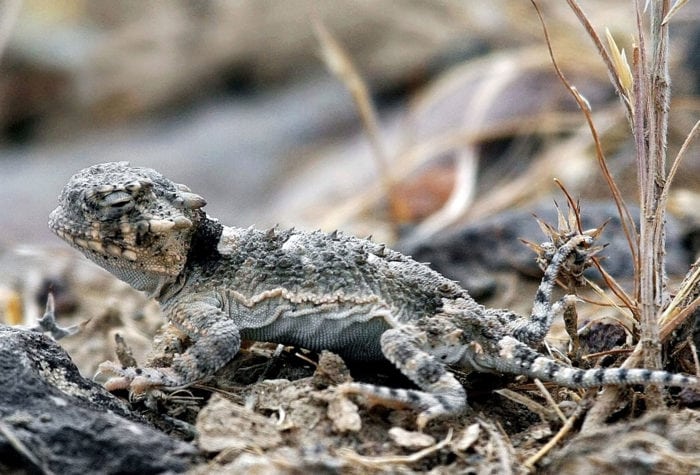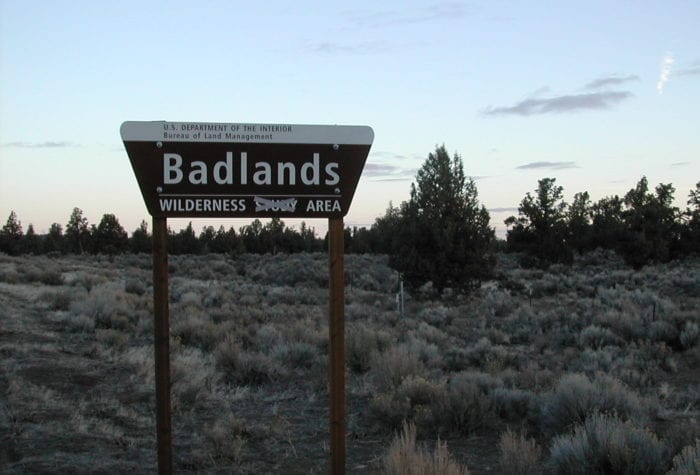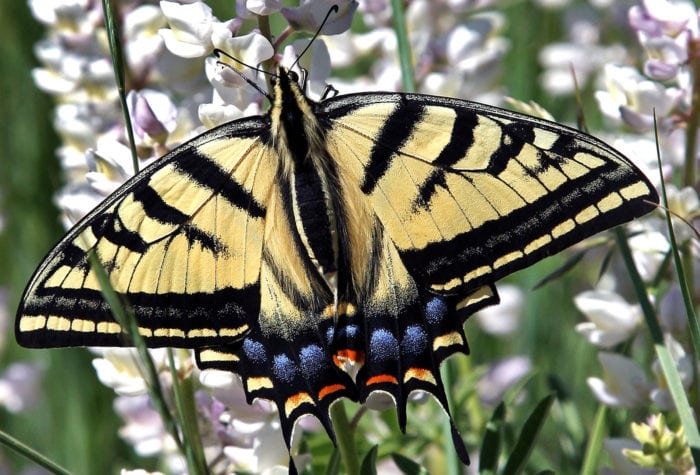South Fork Crooked River
Aaron Tani
Goal
Restore a dry, degraded and denuded landscape to one with abundant cool water and productive fish and wildlife habitat.
Timeline
Project Start Year: 2008
Anticipated Completion: 2028
Acreage
1,200 acres
About the place
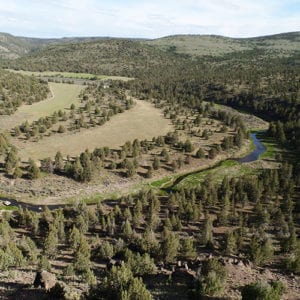 The headwaters of the South Fork Crooked River lie in the wide flats to the east of Hampton Buttes, on the ancestral homelands of the Northern Paiute, or Numu people. The river rises from springs and streams on private ranchlands and public lands managed by the Bureau of Land Management. From there, it flows north through the canyons of the South Fork Wilderness Study Area, an Area of Critical Environmental Concern for redband trout, and privately held conservation properties before joining with the North Fork Crooked River in a broad valley to form the mainstem of the Crooked River.
The headwaters of the South Fork Crooked River lie in the wide flats to the east of Hampton Buttes, on the ancestral homelands of the Northern Paiute, or Numu people. The river rises from springs and streams on private ranchlands and public lands managed by the Bureau of Land Management. From there, it flows north through the canyons of the South Fork Wilderness Study Area, an Area of Critical Environmental Concern for redband trout, and privately held conservation properties before joining with the North Fork Crooked River in a broad valley to form the mainstem of the Crooked River.
Historically, the South Fork Crooked was described in Hudson’s Bay trappers’ journals as an area filled with thousands of beaver, as the trappers chronicled their elimination of the species. In the absence of beaver, and with heavy livestock grazing that occurred with settlement and immediately afterward, the delicate balance of natural ecosystem unraveled.
Our efforts
ONDA has worked on a private conservation property on the South Fork since 2008 to demonstrate the ecological potential of this critical riparian habitat.
Since then, we have worked diligently to reestablish large areas of riparian plant species which have been absent from the South Fork Crooked for over a hundred years. ONDA has installed tens of thousands of plants and constructed several beaver dam analogues in support of our primary goal for the South Fork: to restore enough suitable habitat for beavers to recolonize the watershed and resume their role as ecosystem engineers.
Through this project, ONDA has innovated deep planting methods that resulted in nearly 100% survival for newly planted trees and more than a foot of growth per month in their first summer, ultimately increasing plant growth by up 400%. Since 2019, ONDA has used these planting methods to install 14,193 riparian trees and shrubs, such as willow, cottonwood, dogwood and aspen. As these plants become established and mature into a diverse riparian forest, they will provide many habitat benefits, including shading the stream and cooling water, increasing habitat quality and diversity, and providing food for growing colonies of beaver.
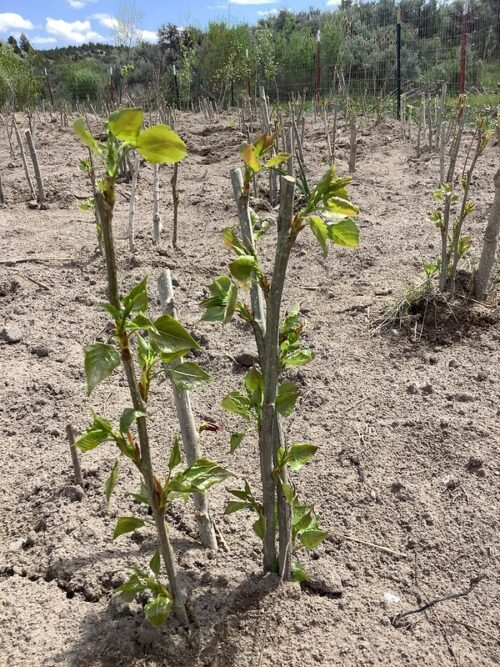
A Brighter Future Ahead
ONDA completed the first phase of our restoration work on the South Fork Crooked in 2023, as well as the fencing of an 80-acre conservation property within the South Fork Wilderness Study Area where we will begin restoration in 2024. Additionally, the Bureau of Land Management has approached ONDA about helping design and implement restoration work on over six miles of the South Fork Crooked River, and we have now entered into a multi-year partnership to continue restoration work on public lands. ONDA is beginning to plan restoration work at this site to further showcase the ecological impact of excluding riparian areas from livestock grazing and implementing beaver-enabling riparian restoration actions.
The results of this project will continue to grow in the coming years as beaver take over the work of managing this critical riparian area, and as ONDA expands our restoration work throughout the South Fork Crooked Watershed.
